Blog
Maintenance
PreviousTires are a huge expense for any vehicle and proper maintenance ensures you’re always driving on the safest set. Check out our comprehensive tire maintenance guide. It'll help you get the best life out of your tires, and the best bang for your auto buck.
Research Categories
Get free, simple, and expert-backed tips on everything you need to know about buying your next vehicle (or making your current one last longer).
Sign Me Up!
Maintenance | Jan 11, 2023
What is a block heater and how does it work exactly? How many amps does a block heater draw and much does one cost? When is the right time to use it, particular.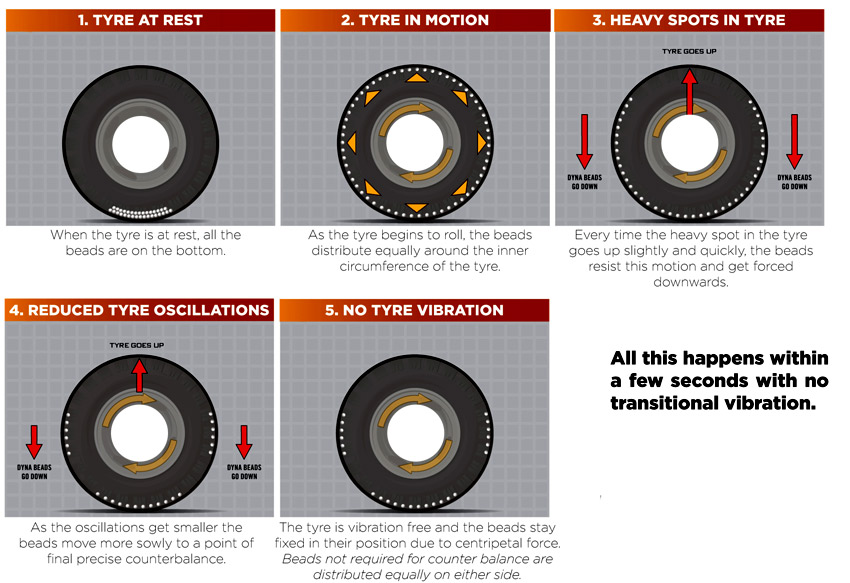 ..
..
Maintenance | Jan 9, 2023
What exactly are all-weather tires and how do they differ from all-season tires? How do they perform in the winter during the cold months, and can they be used...
Read this StoryMaintenance | Jan 4, 2023
Your car is one of the biggest investments you’ll ever make—and taking steps to protect it from the ravages of the winter travel season in Canada is a smart way.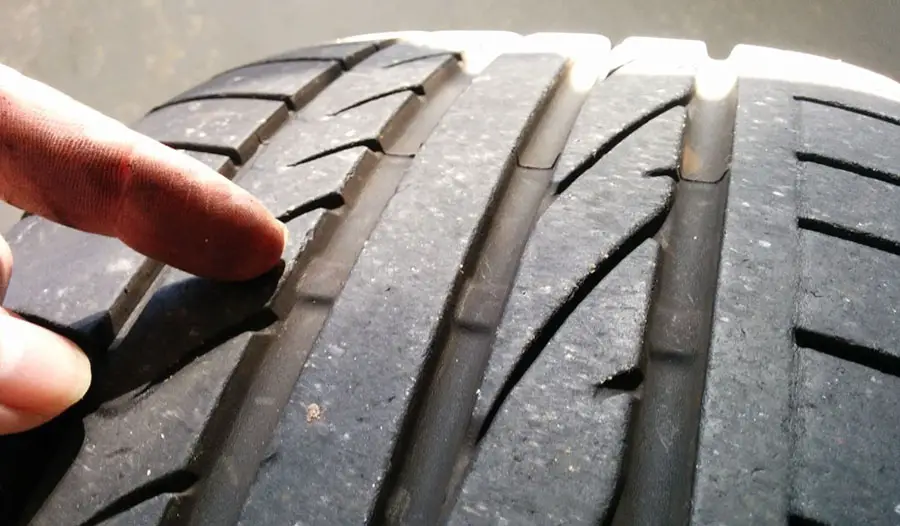 ..
..
Maintenance | Nov 15, 2022
Batteries live a sad and lonely life, and they can suddenly die for a variety of reasons. When your battery dies, you can figure those reasons out later with th...
Read this StoryMaintenance | Nov 8, 2022
Warning lights in the instrument cluster provide information on potential vehicle issues and safety concerns. We have a list of many of them and what they mean....
We have a list of many of them and what they mean....
Maintenance | Nov 4, 2022
There may be several lights in your car’s instrument cluster, but the one that always seems to stand out is the one you don’t want to see: the check engine ligh...
Read this StoryTires are one of the most commonly replaced items on your vehicle as they endure thousands of miles of high-speed revolutions on hard pavement. As they shed their tread due to everyday use, they become less effective bit by bit.
Knowing how to measure tire tread will help you determine when it’s the right time to replace your tires.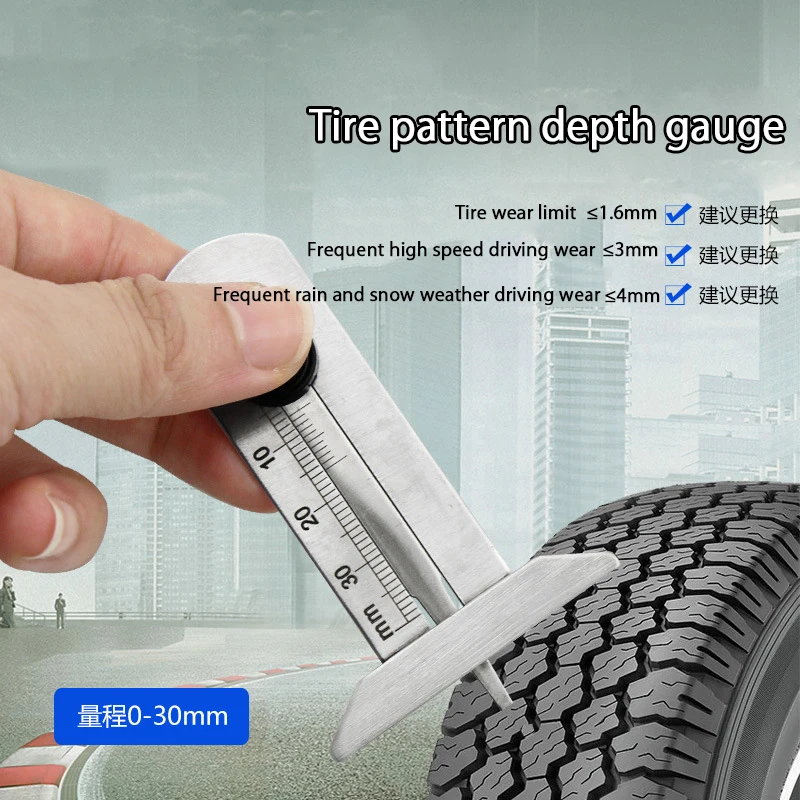 Without this basic understanding, you risk changing them too late and putting your safety at risk or changing them too early and wasting money.
Without this basic understanding, you risk changing them too late and putting your safety at risk or changing them too early and wasting money.
Below, we'll cover how to measure tire tread and other tire-read-related topics to help you stay safe, save money, and know what to look out for when tire shopping.
Understanding the Sections of Tire TreadBefore you can correctly learn how to measure tire tread, you must first know the main sections of the tread. Your tire's tread has three main sections: the outer shoulder, contact patch, and inner shoulder. Spanning the tire's circumference are deep grooves — called channels — that separate the tread.
The outer shoulder is the outermost section of the tire and is outside of the last channel. On the opposite edge of the outer shoulder is the inner shoulder.
The contact patch is the area between the two shoulders — it’s the tire's main contact point with the road. This is the area where the tread blocks are thickest and where you measure the tire tread depth.
Determining a tire’s tread depth involves measuring from the lowest point in the channel to the top of the tread on the contact patch.
This depth is important because the channels are responsible for shuttling water and slush away from the contact patch to maximize traction. If the tread isn’t deep enough, the channels will be too shallow to move water and slush effectively, reducing traction and increasing the risk of hydroplaning on wet roads.
There are three main relatively simple ways to measure tread depth, but some are more precise than others.
Use the Built-In Tread Wear IndicatorsIf you look closely at the tire's channels, you'll notice small, raised bars that span the channels. These are tread wear indicator bars. If the tire tread wears to the point that it's even with the wear bars, your tires need replacing.
Use a QuarterA simple way to check tread depth is using the nickel or quarter test. Hold a quarter or nickel between your thumb and forefinger and place the coin inside the channel, with the top of the figurehead’s head facing the tire. If any portion of the tread is covering the figurehead, you have a safe amount of tread remaining on the tire. If the full figurehead is exposed, it's time for new tires.
Hold a quarter or nickel between your thumb and forefinger and place the coin inside the channel, with the top of the figurehead’s head facing the tire. If any portion of the tread is covering the figurehead, you have a safe amount of tread remaining on the tire. If the full figurehead is exposed, it's time for new tires.
Always check your tires in several places as they don't always wear evenly and could be low in some areas.
Use a Tire Tread Depth GaugeThe most official and accurate way to check tire tread is with a tire tread depth gauge. The tread depth gauge will have a blade side that looks similar to a flat-head screwdriver and a gauge side with either a manual gauge with measurement marks on it or a digital readout. You can pick one up at any auto parts store for about $5 (manual) or $15 (digital).
Fully extend the blade side and place the blade into a channel between two tread blocks on the contact patch. Slide the gauge toward the tread until the gauge's flanges rest on the tread blocks on the contact patch. Read the measurement on the gauge.
Read the measurement on the gauge.
Repeat the measurement on several parts of the contact patch to ensure there are no low spots.
Using a gauge will give you the most accurate results and will allow you to compare your tire's tread depth to the requirements in your province.
Tread Depth RequirementsCanadian law requires a minimum 1.6 mm tread depth, but some provinces have even stricter requirements. The province-specific tread depth rules are as follows:
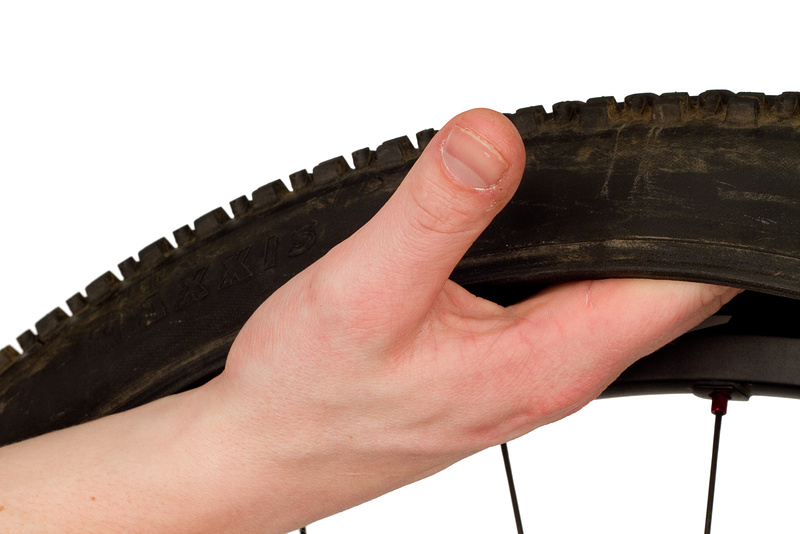 5 mm deep
5 mm deepWhile the legal minimums are great, tire experts often note they aren't always the safest recommendations.
Large portions of Canada set the legal minimum tread depth at 1.6 mm. Tire Rack experts tested this minimum against 3.175 mm of tread. They found a vehicle with tires that had 1. 6 mm of tread took an extra 30.5 metres to stop from 112 km/h than the same vehicle equipped with tires that had 3.175 mm of tread.
6 mm of tread took an extra 30.5 metres to stop from 112 km/h than the same vehicle equipped with tires that had 3.175 mm of tread.
For this reason, Tire Rack and many other automotive experts recommend new tires when your existing tires reach 3.175 mm of tread. Additionally, they recommend swapping out those snow tires at 3.96 mm.
How to Find the Best-Wearing Tire for Your BudgetMany variables come into play when shopping for a tire, but much of the research is already complete if you know what to look for.
Some shoppers simply follow the lead of the tire salesperson or mechanic who generally wants to sell the most expensive tire they can. Without a full understanding of how tires work, it’s easy to assume the priciest tire will last the longest. But this is't always the case.
A lot more goes into tire pricing than longevity. There are also special compounds that make the tire quieter, puncture resistant, or more stable in corners and braking.
If your main interest is a long-lasting tire, don't fall for a tire salesperson directing you to the higher-priced tires. Instead, focus on the Uniform Tire Quality Grade (UTQG) stamped on the sidewall. The UTQG will be a three-digit code followed by two letters.
The three digits are the treadwear rating, and the two letters are the traction and temperature rating. The higher the three-digit number, the longer the manufacturer expects the tire tread to last.
There are no exact numbers the three-digit code translates to, but understanding its meaning is simple. When determining a tire's treadwear rating, the base control tire has a 100 rating. The tire manufacturer estimates a 200 treadwear tire will last twice as long as that control tire, a 400 will last four times as long, and so on.
So, you may see a premium $150 tire may have only a 300 treadwear rating but lots of other attractive features that drive up the price. However, there could also be a $70 tire next to it with fewer features but a 700 treadwear rating. If your focus is longevity, it's clear which is the right tire for you — although that $150 tire likely has benefits the $70 doesn’t.
If your focus is longevity, it's clear which is the right tire for you — although that $150 tire likely has benefits the $70 doesn’t.
Manufacturers estimate the treadwear rating by driving 11,520 km on a 640-km track. They stop every 1,280 km to check the remaining tread. They then use these measurements to the projected treadwear ratings.
How to Maximize Tire LifeBarring manufacturer defects, tires will last as long as they're supposed to, given your vehicle is in good mechanical condition and properly maintained. However, there are steps you can take to maximize the life of your tires.
Keep the Correct Tire PressureTire pressure is the first rule for maximizing tire life. Check the air pressure in your tires weekly — or every time you refuel — and compare it to the pressure requirements on the tire placard in your door frame.
The recommended pressure will generally fall somewhere between 32 and 38 PSI. Too much air pressure can cause the center of the tire to bulge, leading to excessive wear in the middle of the tire. Too little air can cause the center to collapse, putting most of the car's weight on the outer edges, leading to excessive inner and outer wear.
Too little air can cause the center to collapse, putting most of the car's weight on the outer edges, leading to excessive inner and outer wear.
As an added benefit, the correct tire pressure in a vehicle also helps with fuel economy.
Never fill your tires to the maximum PSI listed on the tire unless this is the pressure listed on the tire placard.
Adjust to the Driving ConditionsSlippery driving conditions, like rain- or snow-slicked streets can lead to wheel-slip, which creates excess heat and wears out tires quickly. Always adjust your driving style to road conditions. You’ll avoid spinning the tires and prolong their life.
Get Frequent Tire Rotation and AlignmentsTires rarely sit perpendicular to the road. Most manufacturers engineer the suspension system so the tires sit at a slight inward angle. This angle allows the tire and suspension to flex outward as you go around corners, so more of the tire's contact patch touches the road.
This means as you're driving straight, most of the car's weight rides on the inner portion of the tire. Rotating the tires in the manufacturer's specified intervals puts the tire in a different position on the vehicle, slightly changing its angle to prevent uneven tire wear.
Over time, all the flexing in the suspension and bumps in the road can throw off the angles. When a mechanic performs an alignment, they reset the angles so the tires are in the position the manufacturer recommends, ensuring they wear evenly.
Quality Vehicles With Quality Tires at ClutchTires are far and away one of the most critical parts of automotive safety, so it’s important to make sure you maintain them properly. This maintenance goes beyond just rotating them and keeping the pressure within specifications. You must also monitor your tread depth to ensure there is enough to provide you with the traction you need.
Fortunately, there are several ways to measure tire tread, and some require no tools at all. All you need is good vision and maybe a coin. However, if you want to be 100% certain you’re legal and safe, shelling out $5-$15 for a tread depth gauge will help.
All you need is good vision and maybe a coin. However, if you want to be 100% certain you’re legal and safe, shelling out $5-$15 for a tread depth gauge will help.
All our preowned vehicles at Clutch have been through a 210-point inspection, including the tires. Any tires that have less than 4mm of tread depth are replaced with quality new tires, giving you peace of mind.
Plus, all vehicles purchased online come with a 10-day no-risk guarantee that allows you to return the vehicle for a full refund within 10 days of receiving it. Beyond that, all Clutch vehicles come with a 90-day or 6,000 km limited warranty.
Finally, our car-buying experience is 100% online and free from any high-pressure sales tactics of most used car dealerships. Check out our range of available vehicles and shop from the convenience of your home.
Tire wear in the United States is checked using a coin with the image of the first president of the country. A one-dollar coin is inserted into the groove of the tread with Washington's head down. If Washington's hair is visible, then it's time to buy new tires. A coin with a face value of 1 cent will also help to check the wear of automobile rubber. If the top of the Lincoln is visible, then the tires have reached the tire wear rate and must be replaced immediately.
A one-dollar coin is inserted into the groove of the tread with Washington's head down. If Washington's hair is visible, then it's time to buy new tires. A coin with a face value of 1 cent will also help to check the wear of automobile rubber. If the top of the Lincoln is visible, then the tires have reached the tire wear rate and must be replaced immediately.
Tire wear can also be determined with a 1 euro coin. It must be inserted into that part of the tire where the tread is most worn. If the golden circle is in rubber, then the tire will still serve you. If the gold part of the coin is completely visible, then it's time to change the shoes of your car. nine0004
Tire wear can also be determined using Russian money. The domestic 2-ruble coin must be inserted into the protector with the eagle's head down. If the top of the bird is visible above the surface of the tire, then the tire has not yet reached the end of its life.
Premature tire wear can be avoided.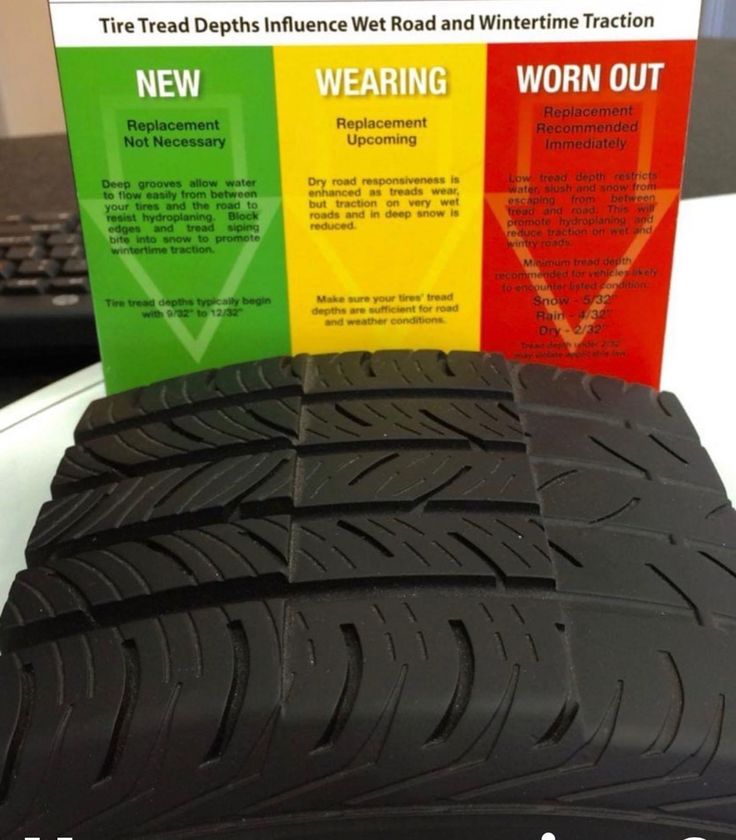 According to the Research Institute of the Tire Industry (NIIShP), the "life" of half of the tires is reduced due to improper operation. After all, the service life of rubber largely depends on driving style, road conditions, compliance with the load index and correct tire pressure. Therefore, it is not surprising that with the same model of car and “shoes”, the mileage of their tires can differ by several thousand kilometers. nine0003
According to the Research Institute of the Tire Industry (NIIShP), the "life" of half of the tires is reduced due to improper operation. After all, the service life of rubber largely depends on driving style, road conditions, compliance with the load index and correct tire pressure. Therefore, it is not surprising that with the same model of car and “shoes”, the mileage of their tires can differ by several thousand kilometers. nine0003
The main causes affecting premature tire wear
For new tires, the break-in process is important. The first 200-300 kilometers of newly purchased tires should be extremely careful, especially in winter or in rainy weather.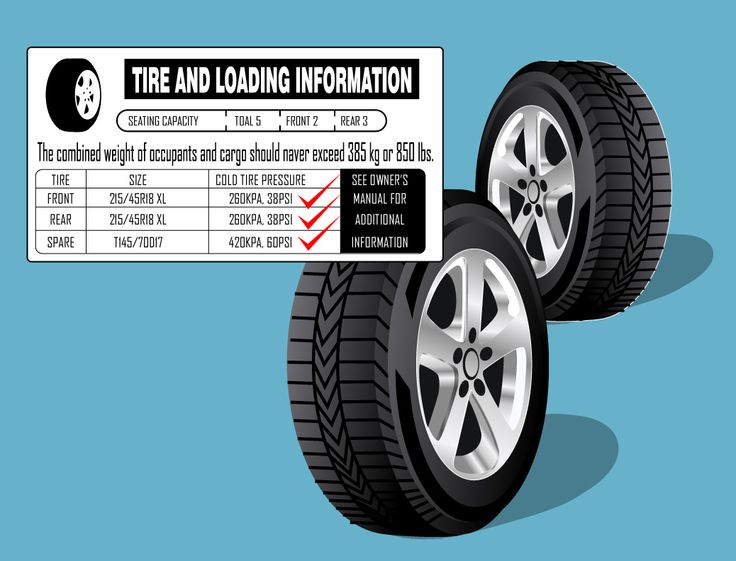 This is due to the fact that before vulcanization, the treads of new tires are covered with a separating layer, which should be erased only during operation. Therefore, all types of rubber must be run-in. nine0004
This is due to the fact that before vulcanization, the treads of new tires are covered with a separating layer, which should be erased only during operation. Therefore, all types of rubber must be run-in. nine0004
Tire wear occurs in a variety of ways:
Uneven tire wear is normal because the tire is subjected to uneven loads while driving.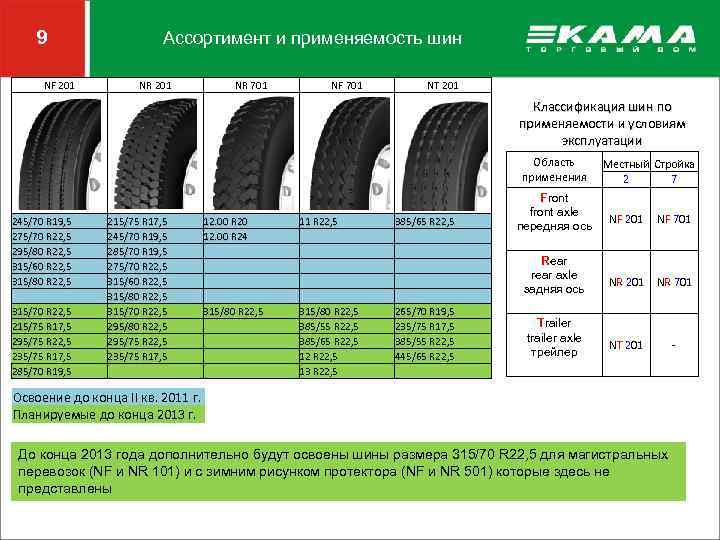 In this case, a new wheel balancing will help. In most cases, when sawtooth teeth form on the transverse grooves of the profile, it is necessary to use cruciform wheel balancing. But this will only help with the correct geometry of the axis. This will change the direction of the tire. The sawtooth teeth will gradually disappear, along with them the noise will also disappear. nine0004
In this case, a new wheel balancing will help. In most cases, when sawtooth teeth form on the transverse grooves of the profile, it is necessary to use cruciform wheel balancing. But this will only help with the correct geometry of the axis. This will change the direction of the tire. The sawtooth teeth will gradually disappear, along with them the noise will also disappear. nine0004
If the wheels with asymmetric tread pattern are changed regularly, every 10,000 km, uneven wear of all tires can be avoided. But the replacement must be done on one side. That is, the front right wheel should only change to the rear right, and vice versa.
In 1992, a uniform wear rate for summer tires was established in Europe - the minimum profile depth for tires for cars, trucks and motorcycles is 1.6 mm. This requirement also applies in Russia. An exception to the rule are light wheels with a minimum tread height of 1 mm. But for wide-profile and summer tires, this rate is too small. With such a profile depth on a wet road, the tire will have poor handling. For safety reasons, summer tires should be changed already when the remaining profile depth reaches 2 mm (wide profile - 3 mm). Modern winter tires have a tread depth of 9, depending on the manufacturer.-12 mm. Permissible wear for them is 4-6 mm.
With such a profile depth on a wet road, the tire will have poor handling. For safety reasons, summer tires should be changed already when the remaining profile depth reaches 2 mm (wide profile - 3 mm). Modern winter tires have a tread depth of 9, depending on the manufacturer.-12 mm. Permissible wear for them is 4-6 mm.
Many modern tires have built-in wear indicators in the form of small rubber pimples. They are soldered into the base of the protector. When the tire wears down to acceptable limits, the pimples become flush with the tread. This means it's time to change the tire.
In addition, the American tire marking uses the TWI (Tread Wear Indication) tread wear indicator. Sometimes it is indicated by arrows. The tire wear indicator is located evenly in 6-8 places around the perimeter of the tire. nine0003
Over time, the life of the tire decreases, and at the same time, the percentage of wear increases. If the bead is damaged during installation, the percentage of wear increases to 10%.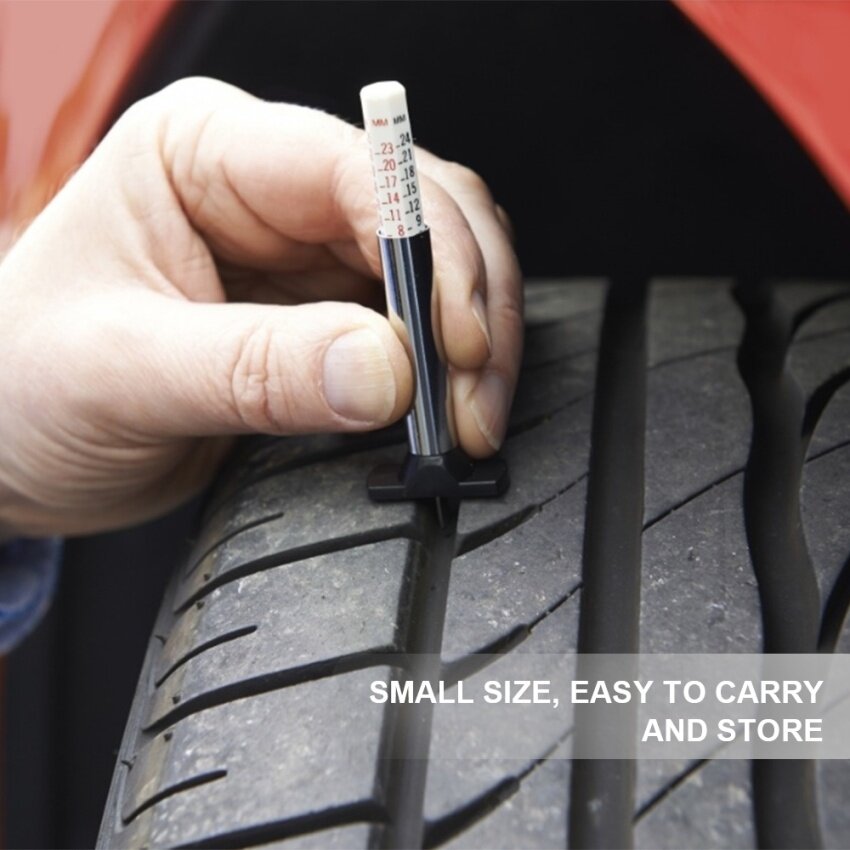 Chipping, chips, cracks on the tread increase wear by 25%. 100% wear is assigned to a tire with carcass delamination.
Chipping, chips, cracks on the tread increase wear by 25%. 100% wear is assigned to a tire with carcass delamination.
The percentage of aging is added to the technical wear percentage. For 3 years of operation, the tire loses up to 10% of its resource. When using a tire for more than 5 years, the percentage of wear can reach 50%. nine0004
Tire tread can affect the safety and performance of your vehicle while driving. While you may not think about your tire tread every time you drive, it's important to check to make sure your tires are in good working order from time to time. Ready to talk about tire tread depth? Let's dive in.
Tire tread depth is the vertical measurement between the top of the tread and the lowest groove. In the US, tire tread depth is measured in 32 inches. When tires are new, they have a tread depth of 10/32 to 11/32. nine0004
In the United States, tires are required by law to have easily recognizable tread wear indicators. As the tire tread wears out, it will eventually line up with the tread wear indicator. At this point, the tire should be replaced. There is too little tread left to provide traction. If the safety wasn't convincing enough, be aware that driving a car with bald tires is also illegal. nine0004
As the tire tread wears out, it will eventually line up with the tread wear indicator. At this point, the tire should be replaced. There is too little tread left to provide traction. If the safety wasn't convincing enough, be aware that driving a car with bald tires is also illegal. nine0004
Minimum tolerance is 2/32 inch. This does not mean that tires are completely safe if they have 3/32 of the tread left. This is simply the limit at which you will not pass the state safety inspection. As the tread wears out, your tires become less and less safe.
When it comes to safety, your tires are literally where the rubber meets the road. Sufficient tread depth is essential for safe cornering and braking. nine0004
Low tire tread depth can spell disaster for your driving, including:
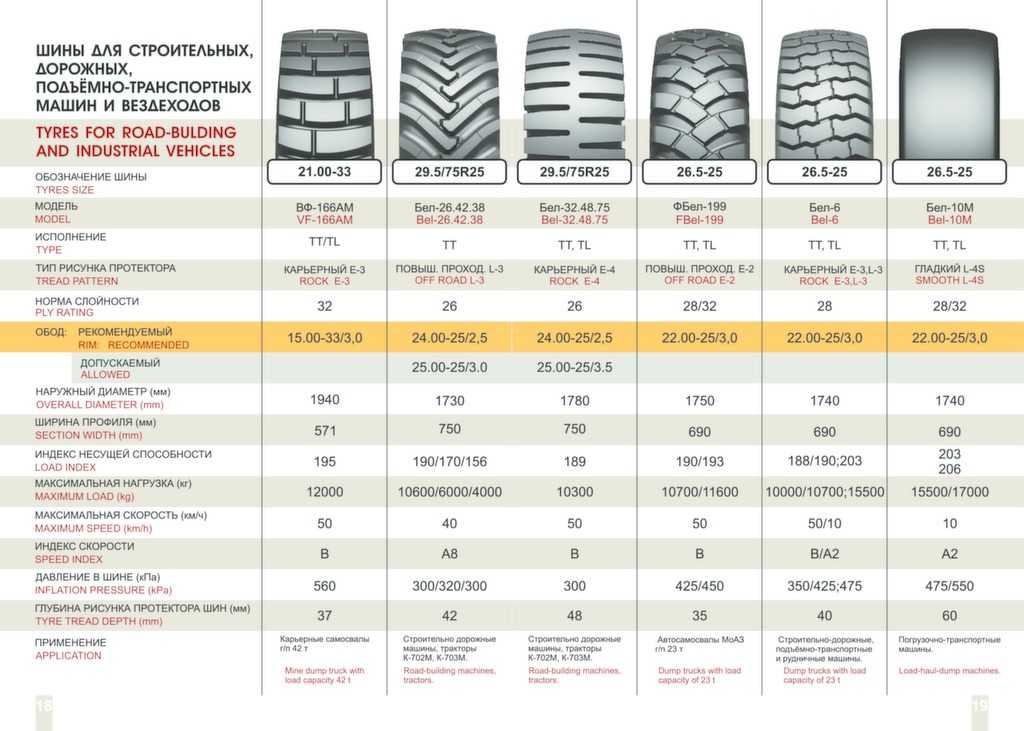
If you live in an area where it rains or snows frequently, consider changing your tires when they reach 4/32 inches. With worn tires, there is a risk of hydroplaning on wet roads. This is when the tire is unable to direct water through the grooves. The car rides on the surface of the water, and does not touch the asphalt. Thus, the tires cannot respond to the steering system. If you've experienced this, you know how scary it can be. In icy or snowy conditions, the shallow tread depth makes it difficult to stop. You can also fish with your tail when accelerating, or sliding to the side when turning. nine0004
There are also special requirements for driving in hot weather. If you are approaching summer and your tires are nearing the end of their life, keep in mind that hot roads wear them out faster.
Very simple.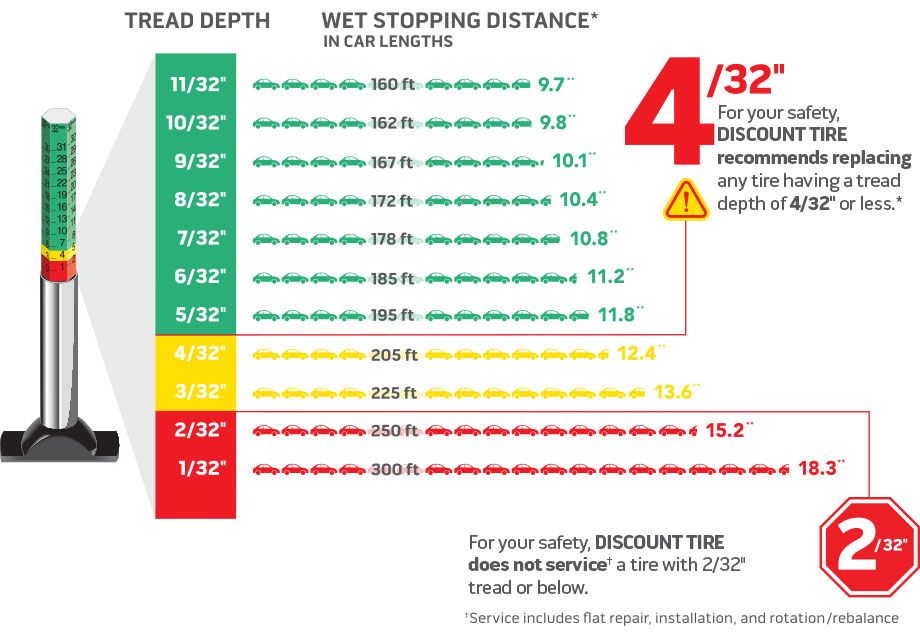 All you need to check tire tread depth is a penny. Insert a penny with Abraham Lincoln's head upside down. If Abe's top is visible, it's time for new tires. Tamara shows you how to do it in this video. nine0004
All you need to check tire tread depth is a penny. Insert a penny with Abraham Lincoln's head upside down. If Abe's top is visible, it's time for new tires. Tamara shows you how to do it in this video. nine0004
Be careful when measuring tread depth. Insert a coin in several places around the tire. Uneven tread wear is not uncommon. Measuring in multiple locations compensates for this.
Correct tire pressure is also critical. Tire pressure is expressed as a number followed by PSI. This means pounds per square inch. 28 PSI means 28 psi. This is a measurement of the force inside the tire applied to one square inch. You can check the recommended tire pressure for your vehicle in your owner's manual or on a sticker inside the driver's side door. For most vehicles, this is around 32 psi. nine0004
If the pressure is too low, the tires wear faster. You will also get leaner gas mileage. This is because it is more difficult for your engine to propel the vehicle on soft tires. Low air pressure also results in a harsh ride.
Low air pressure also results in a harsh ride.
If you find that your tires are too low, fill them up to the correct pressure. Don't think "the more the better". There are also problems with excessive inflation. When there is too much air in a tire, it has less contact area with the road surface. This complicates processing. It also increases the risk of a blowout. At high speeds, the blowout can be fatal. nine0004
Since the early 1970s, the National Highway Traffic Safety Administration (NHTSA) and international colleagues have been concerned about the dangers of low atmospheric pressure. They were looking for technology that could alert drivers. Evidence was emerging that under-inflated tires were responsible for thousands of car accidents every year. At the end of the decade, NHTSA was also motivated by the energy crisis. Tire pressure affects fuel economy. nine0004
Tire pressure measurement technology became available in the 1980s and was first used by Porsche on a 1987 959 Porsche.
There are two types of TPMS: indirect and direct. Direct pressure sensors are located on the tire stems. If the sensor detects a significant drop in pressure, it sends a warning to the engine computer. The indirect type uses an anti-lock braking system to detect low pressure by measuring wheel speed. Tires rotate at different speeds depending on air pressure. The indirect method is less reliable and has largely been discontinued by manufacturers. nine0004
At Chapel Hill Tire, we've been providing professional automotive services to North Carolina drivers since 1953. We help our valued customers choose the right tire and protect their tire investment with wheel alignment and balancing services.
Need new tires in Chapel Hill, Raleigh or Durham? Our experts will help you find the right tires for your car at the lowest possible price. With our best price guarantee, you can be sure you're getting the best price on new tires in the Triangle.